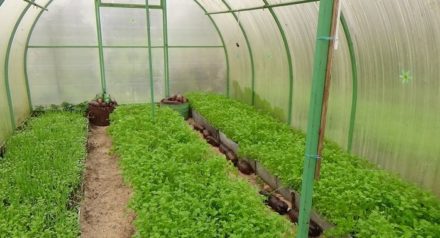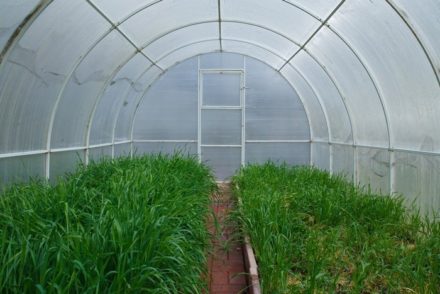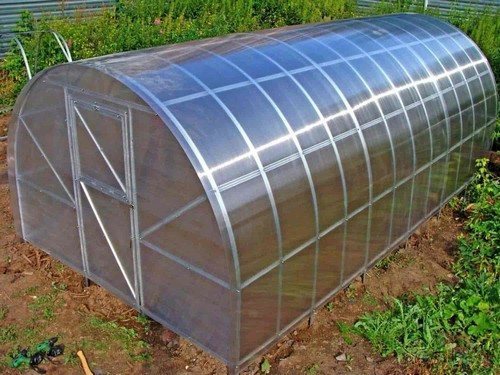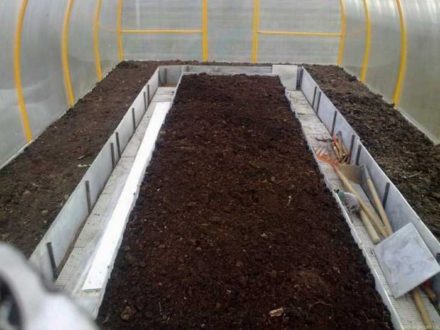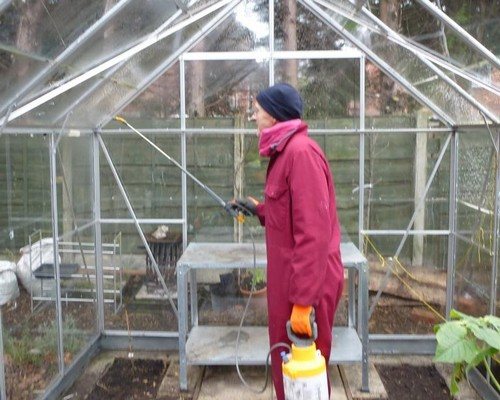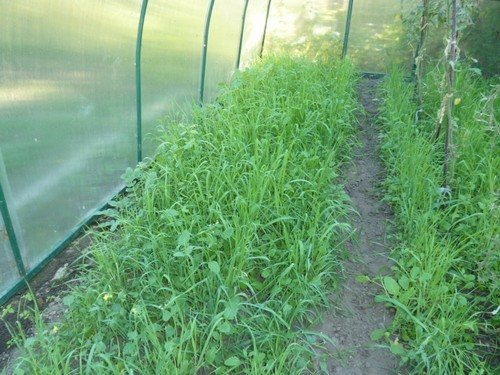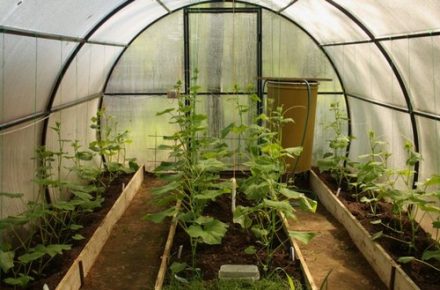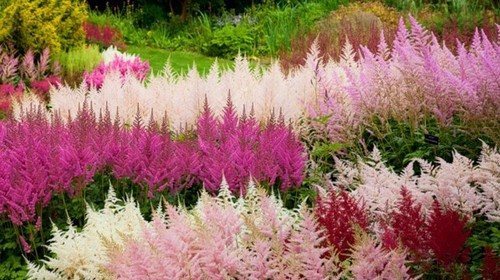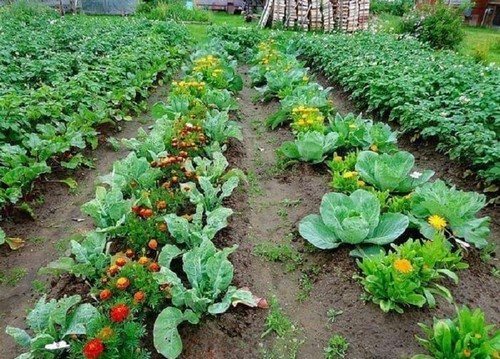Spring is in full swing, and it’s time to prepare the greenhouse for planting vegetables. Growing crops indoors requires the gardener to have certain knowledge and skills, and doing this is more difficult than in a garden. Due to the specifics of the environment, vegetables require special feeding.
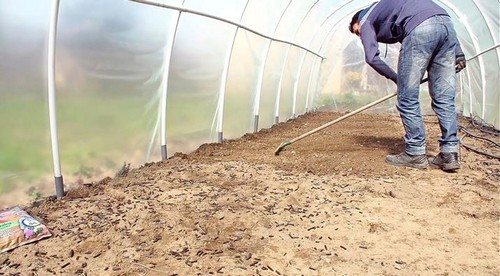
The right choice of fertilizers
There is limited space in a greenhouse, so vegetables are often grown in the same place. This leads to soil depletion and reduced yields. Fertilizers are organic and mineral. Vegetables require both for full growth and development. Therefore, it is better to use special complex mixtures intended for greenhouses. They can be both narrowly targeted (for certain types of crops) and universal.
How to apply fertilizers correctly
If the greenhouse has not been cleaned since the fall, then you first need to prepare the soil. First you need to remove the top layer of soil, about 7–8 cm thick. Then pour a small layer (3–4 cm) of new soil on top, and pour fertilizer on top and dig it up. At this stage, it is recommended to add manure or humus - this is the only opportunity to use it in its pure form. When the first sunrises begin to appear, the manure must be diluted with water. If it is not possible to replace the soil, then before fertilizing the soil, it must be treated with a solution of copper sulfate for the purpose of disinfection.
When to fertilize
It is better to prepare the greenhouse for the new summer season in the fall. Fertilizers must be applied during the same period. But if this is not possible, then this must be done at least two weeks before planting.
Green manure is the best fertilizer
They are also called green fertilizer. These are special plants that are specially grown in a greenhouse or garden. They are able to improve the structure of the soil, enrich it with nitrogen and prevent the growth of weeds.
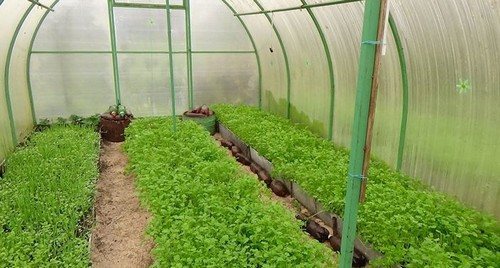
The main advantage of green manure is its naturalness, but there are other advantages:
- they regulate the acid-base balance of the soil;
- increase the soil’s ability to absorb moisture and oxygen, changing its density;
- enrich the earth with nutrients;
- are the prevention of certain diseases and pests.
Green manure should be planted 6–7 weeks before the intended planting. First, you need to loosen the soil, then make shallow grooves along the bed and sow the seeds. When they grow to 20–25 cm, you need to dig up the bed, burying the plants inside. The best green manures are oats, barley, clover, calendula, rapeseed and buckwheat.
Tricks for fertilizing the soil
Of course, it is easier to apply fertilizers using the continuous method, that is, over the entire area at once. But experienced gardeners advise doing this locally, when planting seeds or seedlings. With this method, fertilizers are applied in small quantities into holes or furrows, then mixed with the soil. This method allows you to apply the appropriate type of fertilizer for each crop.
If the plant needs nitrogen, then it is necessary to add not only it, but also phosphorus and potassium, since these elements enhance its effect.
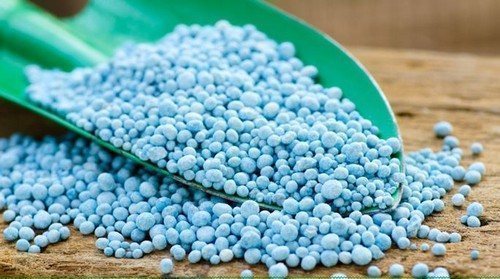
Some, hoping for a good harvest, try to follow the lunar calendar, while others in every possible way provide vegetables with normal conditions for growth and do the right thing. Fertilizers play an important role in the life of crops, especially those growing in a greenhouse.


